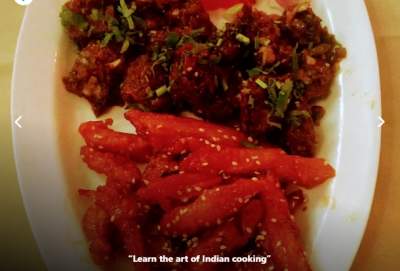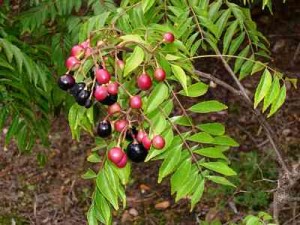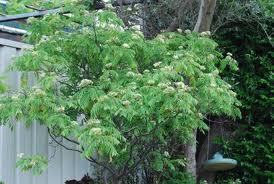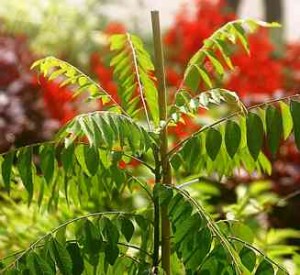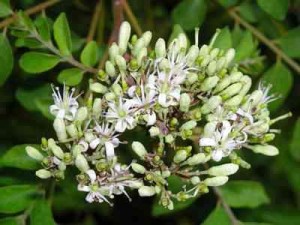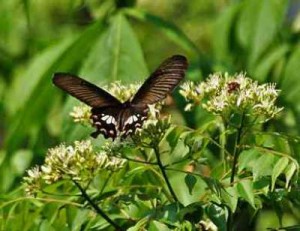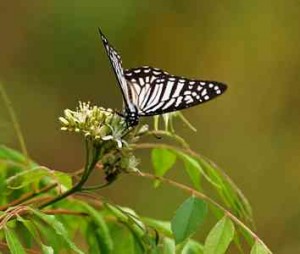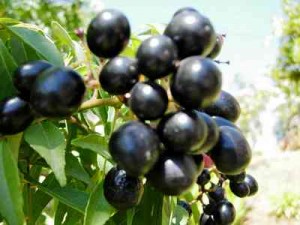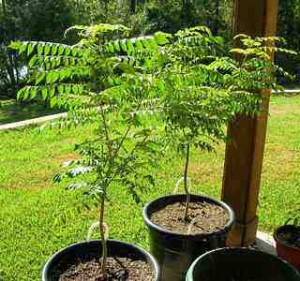The Curry Leaf Tree Gardening in Spain.
Curry leaf tree in Spain, a native of India, is a small, evergreen tree in the citrus family (Rutaceae) with very pungent aromatic leaves. They have a distinct, spicy curry-like flavour and generally go by the name curry leaves.
Intensive Cooking Vacations in India
You can choose from Intensive Cooking Vacations in India 3 Day Cooking Holiday in Kerala. OR 5 Day Authentic Indian Cooking Demonstrations in Bhinder
Airport transfer included.
7 Day Cooking Holidays in Kerala 0R
3 Day or 7 day Vegetarian Cooking Holiday in Kerala
7 Day Cooking Holiday in Kerala
3 Day Curry Magic Cooking Holiday in Kerala The choice is yours CLICK IN and explore
The curry leaf tree (Murraya koenigii), an aromatic leaf often used in Indian cuisine try your own curry-leaf-tree in your own garden.
The leaves of the curry leaf tree are highly valued as seasoning in southern and west-coast Indian cooking, and Sri Lankan cooking ( කරපිංචා), especially in curries, usually fried along with the chopped onion in the first stage of the preparation.
They are also used to make thoran, vada, rasam and kadhi.
In their fresh form, they have a short shelf life and do not keep well in the refrigerator. They are also available dried, though the aroma is largely inferior.
Curry Leaf Tree Native of India
The curry leaf tree, a native of India, is a small, evergreen tree in the citrus family (Rutaceae) with very pungent aromatic leaves. They have a distinct, spicy curry-like flavour and generally go by the name curry leaves.
The fresh leaves are an indispensable ingredient in the delicious curries of Southern India and Sri Lanka (and absolutely necessary for the authentic flavour).
Although most commonly used in curries, leaves from the curry tree can also be used in many other dishes to add spice.
The leaves are best used fresh as they lose most of their aroma and delicate fragrance when dried. Because of their soft texture, the leaves do not need to be removed before serving, but can be eaten without any hazard.
Curry Leaf (Murraya Koenigii) Propagation, Pruning, Repotting & Harvest
In this video we will look at the propagation, pruning, repotting and fertilizing curry leaf plant, also known as Murraya koenigii or Bergera koenigii plant which produces aromatic leaves, used in a lot of Indian, Sri Lankan and other south Asian cuisines.
We start off by looking at how a curry leaf tree produces seeds.
We then show you how to harvest these curry seeds and propagate them into new plants.
We then move on to pruning techniques to show you how to raise a nice, bushy plant.
In the next section we talk about repotting a curry leaf plant to a larger container, something that must be done every 2-3 years.
This prevents the plant from getting rootbound.
We then look at the right way to harvest curry leaves.
Either cut off the tops of the plant, from the top 3-4 inches, to harvest OR harvest the entire petiole (the leaflet) and not the leaves.
This is an important difference between leaflet and leaves.
The curry leaf tree powder
Curry powder is a British invention to imitate the flavour of Indian cooking with minimal effort.
Some curry powders indeed contain curry leaves, but probably only for historic or linguistic reasons, since dried curry leaves lose their qualities within days.
A typical curry powder derives its taste mainly from cumin, coriander, black pepper, chili, fenugreek, ginger, celery, cinnamon, cardamom, cloves, anis, etc. in variable amounts.
Since curry powder is not a traditional recipe, there is little consensus about what should go into it, and anyone is free to sell his own creation.
THIS IS WHERE YOU MIGHT Discover that SPECIAL wildlife and nature holiday on a once in a lifetime Safari Tour in places such as Africa & the Middle East, The Americas & Caribbean, OR Asia & Oceania.
===Find and compare safaris and wildlife tours from 796 organizers worldwide!
Description and Culture
This tropical to sub-tropical tree is highly ornamental due to its compound leaves. It is slow-growing and can be used as a hedge, an ornamental shrub or as a potted specimen tree.
Whether grown in large pots or on the ground it does not spread very much laterally.
Harvesting of leaves encourages new growth and the tree also responds well to pruning, which is only necessary for shaping – To reduce the size or make it bushier.
While this tree can grow to reach 15-20 ft. (4.7-6 m), you need only a small specimen to supply you with an abundance of leaves for your Indian dishes.
Blooms
In late spring to early summer the tree blooms with clusters of small, white, and sweetly scented flowers that attract lots of butterflies.
The flowers are followed by small purple/black shiny berries that are edible, but their seeds are poisonous.
The shiny-black fruits are very nutritious, sweet and are eaten fresh. However, they do have a characteristic odour which some find slightly unpleasant.
The curry leaf tree needs warm temperatures with full sun to partial shade.
The tree tends to be slow growing during the cold months – it may even drop most of its leaves during the winter and stop growing all together.
It usually picks back up in the spring and grows quickly during the summer.
Young trees/saplings will need to be kept warm during the winter, but when a bit mature and established the tree can survive brief frosts and should grow fairly well in our mild coastal climate.
The curry leaf tree
Well Drained Soil
It prefers an acidic, well-draining soil and regular water and fertilizer during the growing season.
Water sparingly during the winter months and do not fertilize.
Propagation
Curry leaf trees are propagated by growing the small suckers from the base of the tree, by root cuttings, or by seed.
When harvesting seeds the berries should be ripe and fresh. Plant either the whole fruit (or remove the pulp), sow as soon as possible and keep moist but not wet.
The curry leaf tree
The curry leaf tree
Fresh curry leaf seeds have a very high germination rate, but the problem is that the seeds are only viable for a couple of weeks.
Seeds from India or Sri Lanka are going to be dead before you can plant them, unless you know someone who will send them by airmail.
Your best option if you want one of these trees is to search the internet for a Spanish supplier of seeds or young plants, or ask at the local nurseries/garden centres if they can get it for you.
Marc Vijverberg.
Botanical name of curry leaf plant is Murraya koenigii. It belongs to the family Rutaceace, the citrus family. Curry leaf plant is tropical to subtropical in growth habit.
It is grown as a perennial plant which when grown in an open space, grows into a small tree of up to 5 meters in height; while growing in containers and greenhouses, it grows into a small bushy shrub of up to 2.5 meters in height.
Grows in southern Asia on a Ceylon island and in India. Until recently this specie was classified to Murraya type. ( name: Murraya koenigii L) and Chalcas type (name: Chalcas koenigii L). According to the latest taxonomic research it was moved to the Bergera type and it’s now called Bergera Koenigii L. Interesting fact… The scientists from India tested many plants used in folk and traditional medicine.
During the study they’ve checked their effect on microorganisms causing oral infections in patients after chemotherapy, suffering from cancers of the oral cavity.
As the researchers point out, the effects of some of them resemble the action of antibiotics!! Herbal medicine work less than antibiotics, but may prove to be beneficial in cases of antibiotic resistance.
Curry Leaf Plant – Curry tree or Murraya koenigii – From seed to tree- the complete guide.
A complete guide to growing the curry leaf plant or tree, also called Murraya koenigii.
We go from the right method to get the seeds, use a rich planting medium and them grow the plant from a small one to a fully grown shrub.
We give you tips on how to successfully grow a curry leaf plant in your garden.
47 photo size,16,17,
Self-Paced 200hr Online Certified Private Mindfulness, Meditation and Holistic Yoga Teacher Training
One-on-one Online Meditation Course
During this 200-hour online meditation course program, you will learn to meditate step by step with proper knowledge, using the correct tools, and one-on-one with a certified meditation teacher.
This teacher training course is an education / learning process and not a mere copying program such as apps, guided meditation, etc. One has to learn and understand the concept, tools, and techniques of meditation and mindfulness and self-practice regularly and apply them in daily life to enjoy the benefits.
Curry Leaf Tree
Spain info
covers local towns with local accommodation. Spain info also covers info local days out in Spain on the Mediterranean. Spain info with information on gardening in Spain Mediterranean style. Spain info with information on cooking Mediterranean style.
Spain info also covers Bowls Clubs Golf Go Karting fishing Caves and other sports here in the Mediterranean.
Spain info also lists the Local Hot Water Spas many of them dating back to Roman times.
Curry Leaf Tree p92 100 MARCH 3 July 9 H 70 Nov 15 and 21 Curry Leaf Tree 16 H 93 April 28 H 95 Curry leaf tree 27
Spain Info Curry leaf tree. San Francisco De Asis, Urb Marina, San Fulgencio, 03177, Alicante, Spain.
Site Disclaimer
Disclaimer: Whilst every effort has been made to provide accurate information, no liability will be accepted for misinterpretation, misrepresentation, errors or omissions - the information provided by our Websites is for use as a guide only and is issued in good faith as information..
All photographs images and FILM material is subject to the understanding that as they are in the public domain they can be used and shared as seen to be appropriate and unless showing a sign that they are covered by copyright law. This also covers Social media operations.
1999---2025

